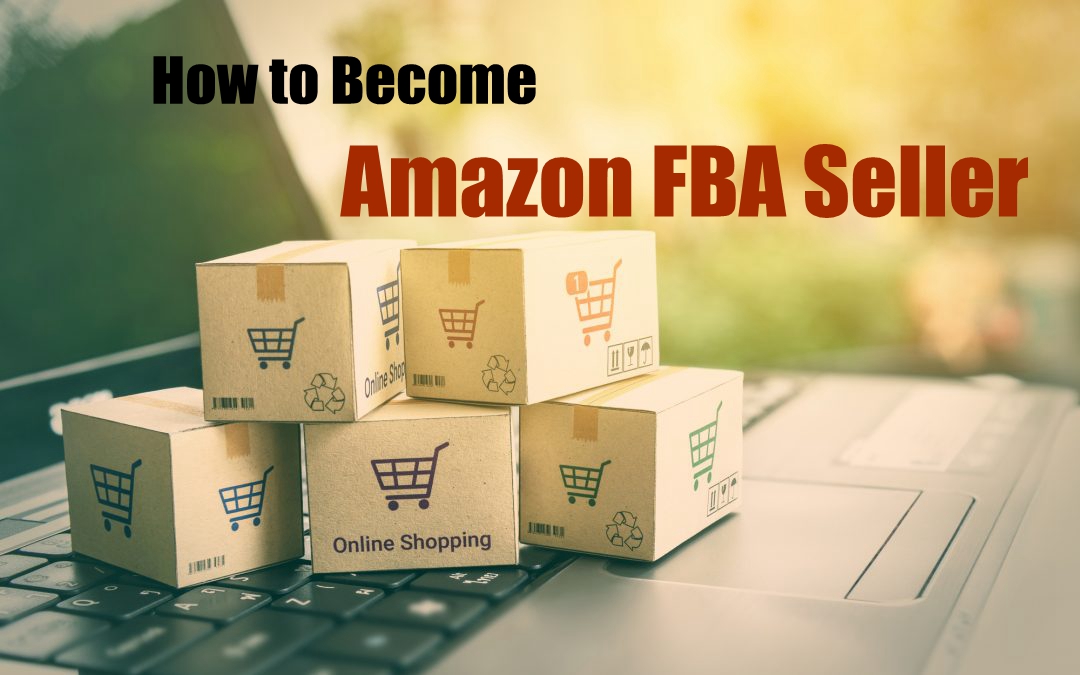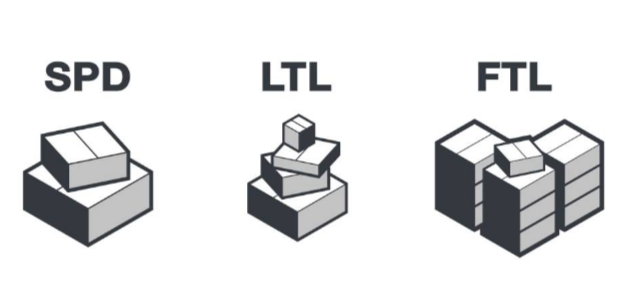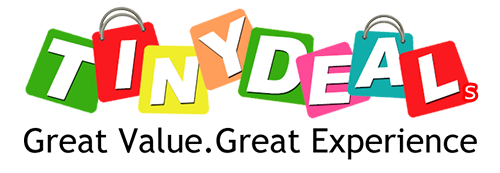- New York, 88 Main street
- +1(929)560-0581 (the call is free)
- Mon-Sun 9.00 - 18.00
- info@tiny-deals.com
- View on map
+1(929)560-0581 Mon-Fr 9a.m.-6p.m.
Email info@tiny-deals.com
Address
How to Become an Amazon FBA Seller in 5 Easy Steps (2024)

Amazon remains the world's leading eCommerce platform, boasting over 300 million customer accounts and more than 2 million seller accounts. With such a vast marketplace, it's no surprise that the Amazon FBA (Fulfillment by Amazon) program continues to gain popularity among entrepreneurs looking to build a successful brand.
What is Amazon FBA?
Amazon FBA is a fulfillment service that allows sellers to store their inventory in Amazon’s warehouses. Once a customer places an order, Amazon takes care of packing, shipping, and even customer service, including returns and refunds. This service enables sellers to focus on growing their businesses while Amazon handles the logistics.
Why Choose FBA Over Self-Fulfillment?
Although self-fulfillment is an option, FBA provides several advantages:
- Amazon handles storage, packing, shipping, and returns, saving you time and effort.
- Discounted shipping rates help increase profit margins.
- Amazon manages 24/7 customer service, enhancing your business reputation.
- Unlimited storage capacity, whether you’re sending a single item or bulk shipments.
- Fast, global shipping ensures faster delivery to customers.
- Multi-channel fulfillment allows you to sell on other platforms while Amazon fulfills your orders.
If you're ready to get started, follow these five simple steps to become an Amazon FBA seller.
5 Steps to Become an Amazon FBA Seller
1. Sign Up for an Amazon Seller Account
If you don’t already have an Amazon seller account, the first step is to create one. Amazon offers two account types:
- Individual Plan: Costs $0.99 per item sold, ideal for beginners.
- Professional Plan: Costs $39.99 per month, offering more selling features and category access.
New sellers should start with the Individual Plan to test the platform before upgrading. Once your account is set up, add the FBA service to your account.
2. Source and Prepare Your Products
Decide on the products you want to sell. These can include:
- Unused household or office items
- Handmade or private-label products
- Wholesale or retail arbitrage items
If you don’t want to handle physical inventory, consider dropshipping directly to Amazon FBA warehouses. Many suppliers allow you to purchase products at wholesale prices and ship them directly to Amazon’s fulfillment centers.
Tip: Use the Amazon FBA revenue calculator to assess product profitability before making purchasing decisions.
3. Create Your Product Listings
Once you have your products, create listings on Amazon Seller Central:
- Click on the Inventory tab and select Add a Product.
- Enter the product details, including title, description, and pricing.
- Select Fulfilled by Amazon (FBA) to allow Amazon to handle the logistics.
- If using inventory management software, integrate it with Amazon’s API to streamline the process.
4. Ship Products to Amazon’s Warehouses
Prepare and ship your products to Amazon’s fulfillment centers by following these steps:
- Click on Work on Shipment in your seller dashboard.
- Choose your shipping method: Small Parcel Delivery (SPD) for small items or Less Than Truckload (LTL) for bulk shipments.
- Print and attach Amazon shipping labels to your packages.
- Ship via UPS (Amazon’s partner for discounted rates) or other carriers.
5. Start Selling and Get Paid
Once your inventory is received, your listings go live. Promote your products, monitor sales, and track inventory levels. Amazon deposits payments to your account every two weeks, deducting fulfillment fees and commissions.
How to Ship Directly from Suppliers to Amazon FBA

To save time and reduce shipping costs, you can send products directly from suppliers to Amazon FBA warehouses. This eliminates the need to handle inventory personally.
To do this, partner with a supplier that supports direct FBA shipments. TinyDeals is highly recommended for this service due to its extensive selection of profitable products and seamless integration with Amazon FBA.
Why Choose TinyDeals for Amazon FBA?
- Access to thousands of low-cost, high-margin products.
- Direct integration with Amazon, allowing for easy listing and fulfillment.
- Negotiated shipping discounts to lower transportation costs.
- Custom labeling and packaging options.
Amazon FBA Costs to Consider
Before committing to FBA, understand the associated costs:
- Fulfillment Fees: Based on the size and weight of your products.
- Storage Fees: Charged monthly and higher for long-term storage.
- Referral Fees: Amazon takes a percentage (typically 15%) of each sale.
- Handling Fees: Charged when Amazon processes your inventory.
Use the Amazon FBA fee calculator to estimate your potential profits.
Understanding Amazon FBA Payments
Amazon processes payments on behalf of sellers. Every two weeks, your total sales revenue, minus Amazon’s fees, is deposited into your linked bank account.
Additional Considerations for FBA Sellers
Sales Tax Compliance
Amazon has fulfillment centers in various states, making tax compliance complex. Some states require sales tax collection, while others don’t. Consider using tax automation tools like TaxJar or Avalara to stay compliant.
ROI and Profitability
Given Amazon’s FBA fees, maintaining a healthy profit margin is essential. The general rule is to price products at three times their cost to ensure profitability. For example, if an item costs $10, aim to sell it for $30 to cover expenses and generate profit.
Competition on Amazon
With millions of sellers on Amazon, competition is intense. To stand out:
- Research product pricing and trends before listing.
- Optimize your listings with SEO-friendly descriptions and high-quality images.
- Focus on niche products with lower competition but high demand.
Conclusion
Becoming an Amazon FBA seller offers significant advantages, from hassle-free fulfillment to global reach. While there are costs and competition to consider, strategic planning can lead to a profitable business.
If you want to simplify your logistics, consider partnering with TinyDeals to ship products directly to Amazon’s warehouses. This will help you save time and reduce overhead costs.
Are you ready to launch your Amazon FBA business? Get started today and tap into Amazon’s massive customer base!
No posts found
Write a review- New York, 88 Main street
- +1(929)560-0581 (the call is free)
- Mon-Sun 9.00 - 18.00
- info@tiny-deals.com
- View on map




